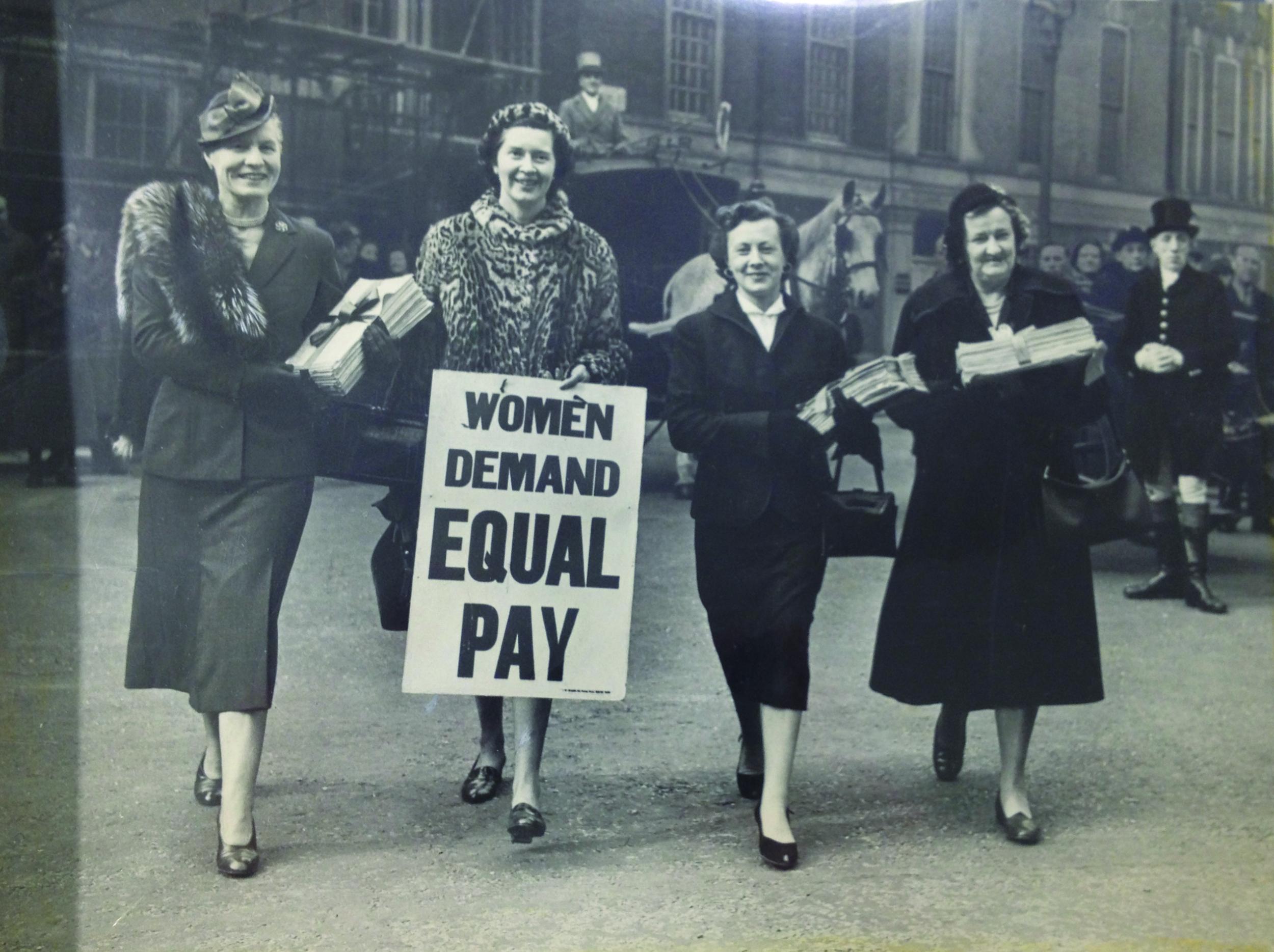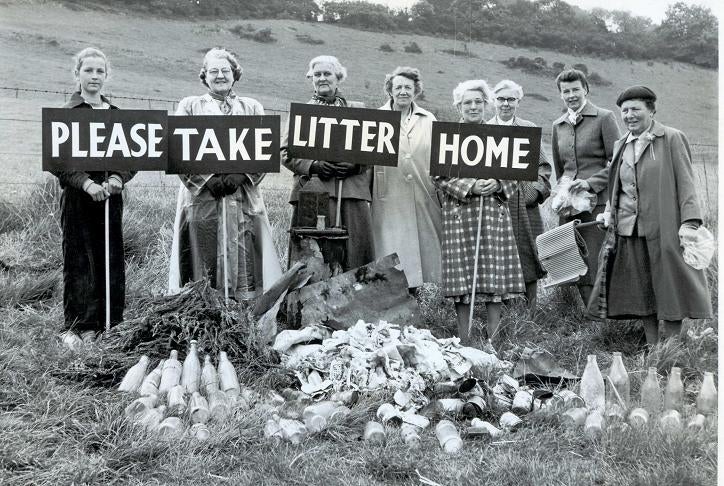Women’s Institute at 100: Everything you need to know about the organisation
There are now 220,000 members
Your support helps us to tell the story
From reproductive rights to climate change to Big Tech, The Independent is on the ground when the story is developing. Whether it's investigating the financials of Elon Musk's pro-Trump PAC or producing our latest documentary, 'The A Word', which shines a light on the American women fighting for reproductive rights, we know how important it is to parse out the facts from the messaging.
At such a critical moment in US history, we need reporters on the ground. Your donation allows us to keep sending journalists to speak to both sides of the story.
The Independent is trusted by Americans across the entire political spectrum. And unlike many other quality news outlets, we choose not to lock Americans out of our reporting and analysis with paywalls. We believe quality journalism should be available to everyone, paid for by those who can afford it.
Your support makes all the difference.The Women’s Institute (WI) celebrates an important centenary on Wednesday, marking 100 years since members of the organisation had their second annual meeting and passed their first resolution, which called for improvements to state-aided housing.
Since then, the WI has led many successful campaigns which have brought about key policy changes in a number of fields such as health, agriculture and education.
From how the organisations gets their initiatives off the ground to which British royals are members, read on for everything you need to know about the WI.

What is it?
The National Federation of Women’s Institutes (NFWI) was formed in the UK in 1915 to help encourage women to provide agricultural support to rural communities that were struggling as a result of the First World War.
By the time members passed the first resolution in 1918, there were already 12,000 members in 700 WIs scattered across the country.
Now, there are almost 220,000 members in approximately 6,300 WIs and the campaigns have broadened significantly, addressing a whole host of contemporary social issues that directly affect member’s communities.
What do members do?
Members of the WI are encouraged to be active in their respective communities.
From hosting regular sporting events and craft workshops to creating projects that teach members skills in cookery and floral arrangements, the WI community thrives in bucolic bliss.
But the most notable part about being in the WI is the campaigns, with significant ones from history including the 1943 call for equal pay and the 1954 Keep Britain Tidy campaign, which targeted littering in the countryside and ultimately led to the 1958 Litter Act.

Current key campaigns include Make Time for Mental Health, Time to Talk about Organ Donation and More Midwives, which aims to combat the chronic shortage of midwives in the UK.
Each WI holds 11 meetings throughout the year to come up with new initiatives and plans for action.
How can you get involved?
With 6,300 WIs across the UK, it’s fairly straightforward to find out where your nearest one is, but each organisation is unique to the area, so it might be worth doing some background research in order to ensure you’re joining one that reflects your values.
In order to become a member, it’s simply a case of contacting your chosen WI and paying £41.
Membership entitles you to eight copies a year of the WI magazine, regular newsletters and an invitation to the annual WI meeting, which unites representatives from WIs across the UK to vote on key resolutions.
If you can’t find a WI in your area or are struggling to come across one that suits you, there’s nothing stopping you from starting your own - the WI website has plenty of information on how to do this.
Are there any famous members?
The WI has several ties to the Royal family.
Queen Mary was the one to invite Madge Watt, who was a founding member of the first WI in British Columbia and brought the concept to the UK, to form the very first WI in Sandringham in 1919.
The Queen became a WI member in 1943; at the time, she was still Princess Elizabeth.
In 1952, she was appointed President of the Sandringham WI, a role she maintains today.
Other royal WI members include the Countess of Wessex, who is a member of Bagshot WI in Surrey, and the Duchess of Cornwall, who is a member of Tetbury WI in Gloucestershire.
British TV presenter Kirstie Allsop and historian Lucy Worsley are also members.

Join our commenting forum
Join thought-provoking conversations, follow other Independent readers and see their replies
Comments